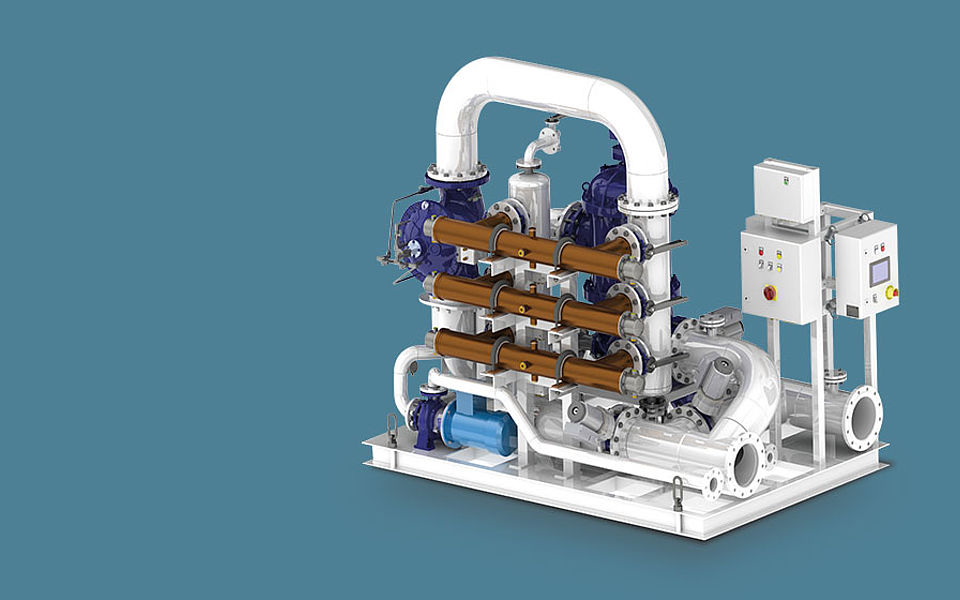USCG

In March 2012 the US Coast Guard published its final rule on Ballast Water Management for Control of Nonindigenous Species in Waters of the United States. And in June the same year the USCG Regulations 33 CFR Part 151 and 46 CFR Part 162 entered into force on 21 June 2012, which apply to new builds constructed on or after 1st December 2013 as well as to existing ships by their first dry-docking after 2014 or 2016 depending on the ballast water capacity.
In order to address the US implementation schedule for ballast water treatment systems for dates prior to 2015, the USCG introduced the Alternate Management System (AMS) acceptance for some IMO approved systems including Optimarin.
Ships with systems accepted as AMS installed will be grandfathered for five years beyond their USCG compliance date.
Regarding treatment:
The USCG requirement of BWT is instant death after treatment using a test/counting method called CMFDA which is a staining method which can determine that the organisms are really dead immediately after treatment. The non-viability standard (acceptable under the IMO regime) which render the organism non-viable after treatment or dead after a grow-out period of 14-20 days. This test method is called MPM and is not approved by the USCG. USCG has a project to analyse the MPM method but it does not look like they will allow this it any time soon.
If USCG however do decide to change the test methods, it is a process that requires public hearing and public comments and submittal of the revised regulation through the proper US regulatory process and may take years to carry through.

